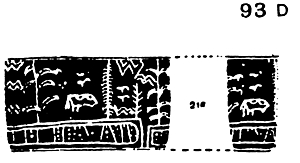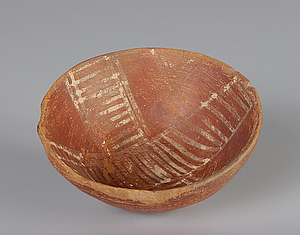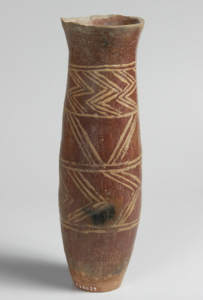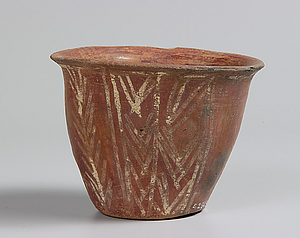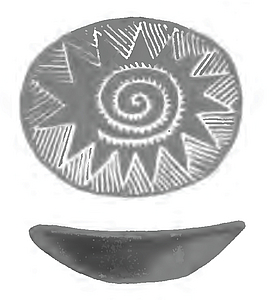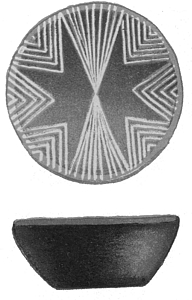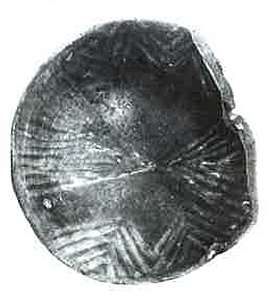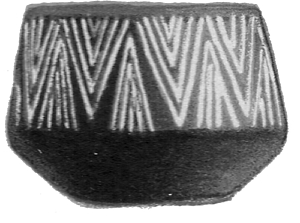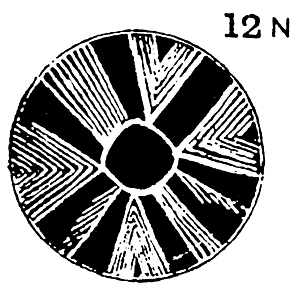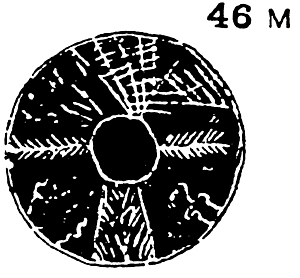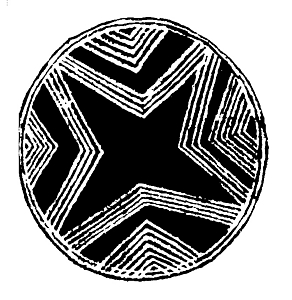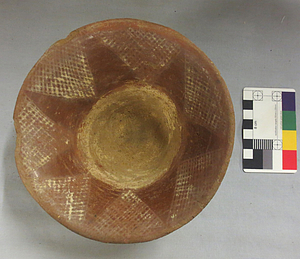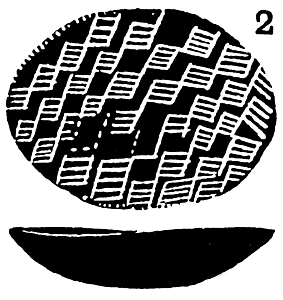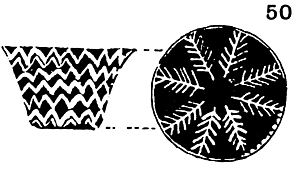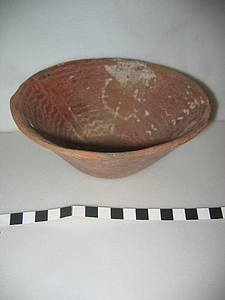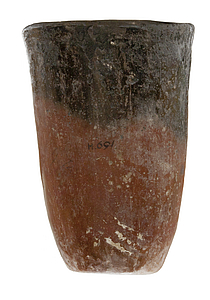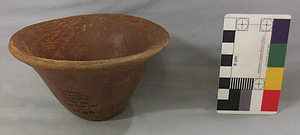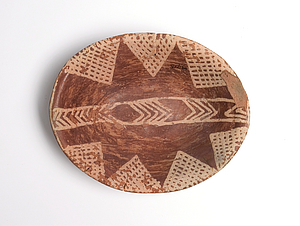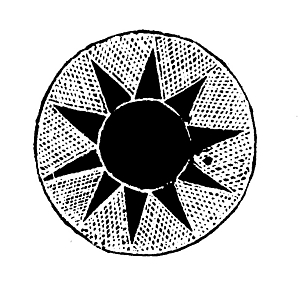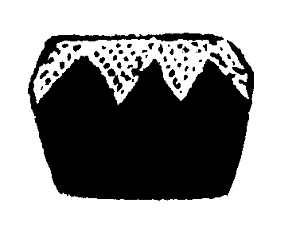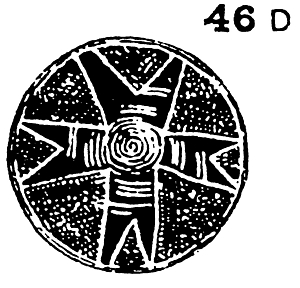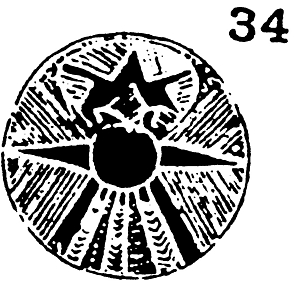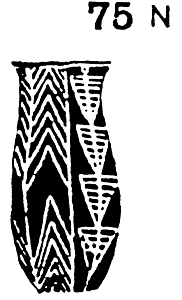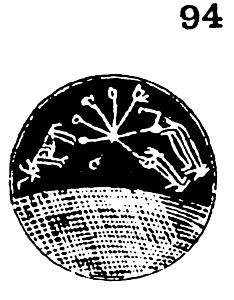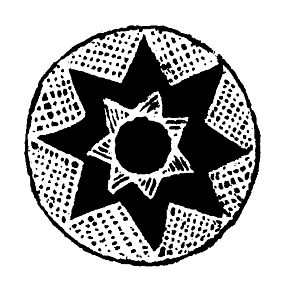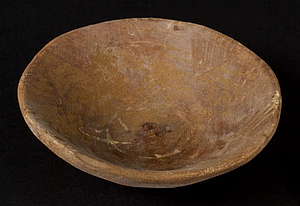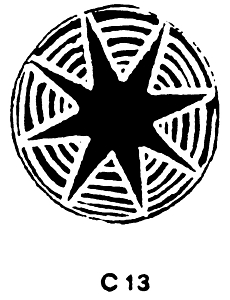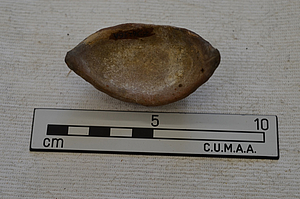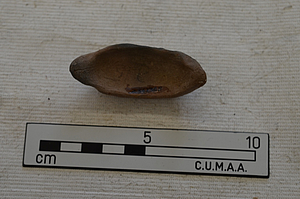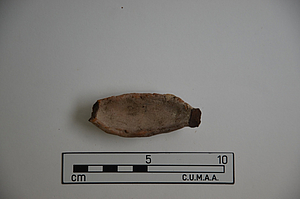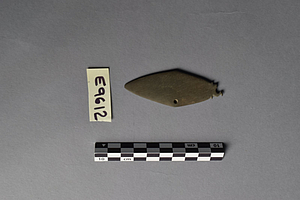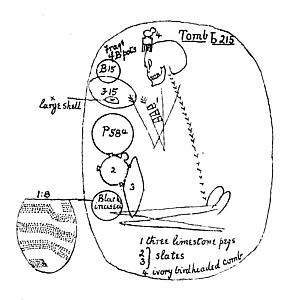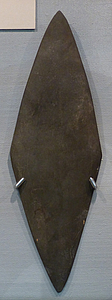el-Amra
Jacques de Morgan was the first to notice the existence of a predynastic cemetery at el-Amra, where he excavated a few graves in 1896; material from this work in the Musée des Antiquités nationales in Saint-Germain-en-Laye.
Later, a group of men under Egyptian overseers digged at el-Amra on the order of Emile C. Amelineau, who was excavating at Abydos at the time. This flurry of activity attracted attention from locals who plundered the site.
In 1900–1901, Randall MacIver conducted one season of work at el-Amra for the Egypt Exploration Fund, together with Anthony Wilkin. Excavation started on December 22, 1900 and the site was left at the beginning of April 1901. He identified two cemeteries - Cemetery a and Cemetery b (always written in small letters) which may have belonged to a single, large cemetery. Cemetery a contained over 600 graves, Cemetery b over 400. In his Corpus of palettes, Petrie (1921: 7) mentions a "Cemetery c"; it is unclear which area this may represent.
Futher work took place in 2007, by Jane A. H. Hill and Tomasz Herbich, which led to the identification of a predynastic settlement. A large part of the site has since been distroyed by large-scale construction work.
Archaeological activity :
1896: Jacques de Morgan exacavation;
1900–1901: Egypt Exploration Fund excavation;
2007: University of Pennsylvania Museum of Archaeology and Anthropology project.
